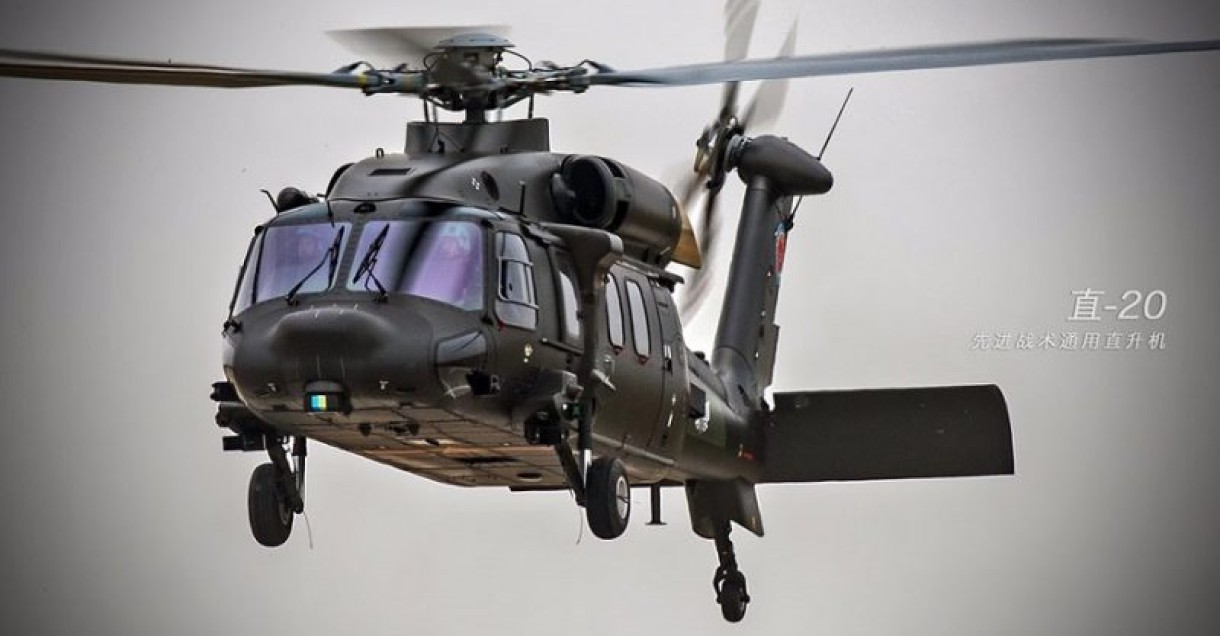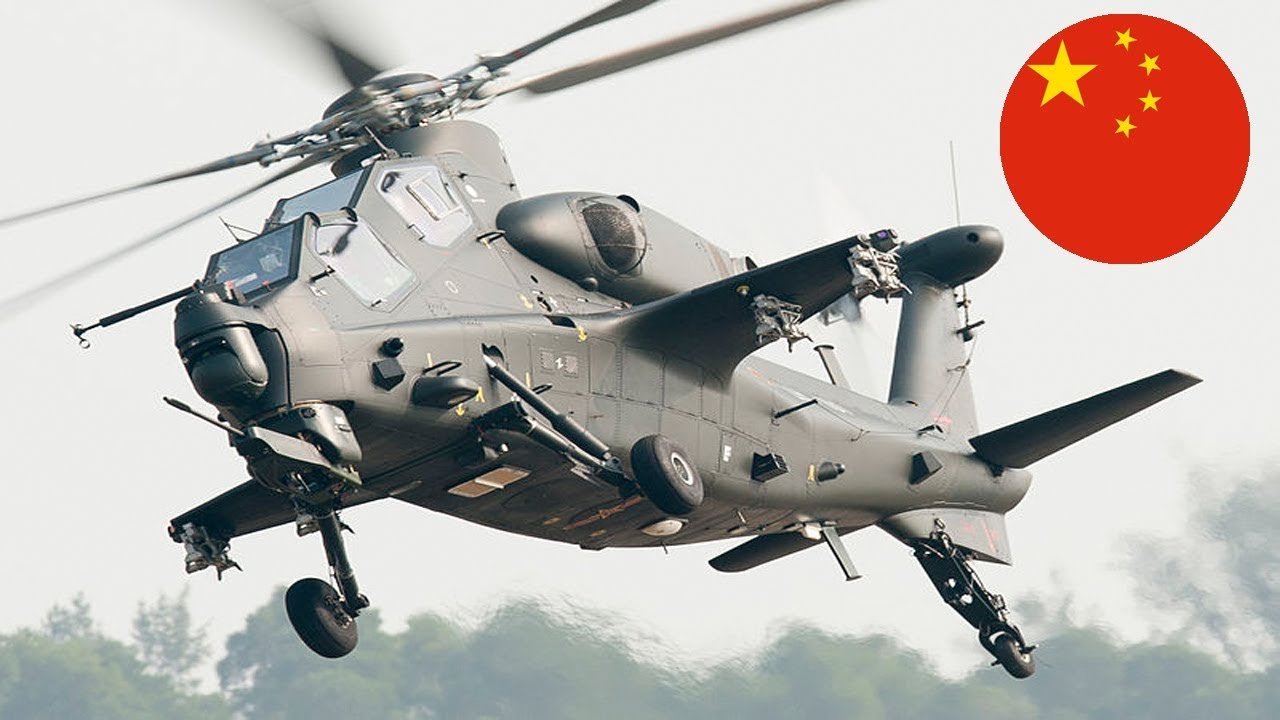In the latest example of China intensifying its military infrastructure near the Indian border, Indian media reports, citing satellite images, claim that Beijing has constructed nearly a dozen of helipads close to the Line of Actual Control (LAC).
India Today reported the development, which indicates that these helipads are part of the Chinese military’s strategic effort to enhance rapid troop deployment capabilities. The report claims that the Chinese military has established ten helipads in total, stretching across critical locations near the LAC.
These helipads, each measuring over 150 meters in length, are situated strategically opposite key Indian locations, including the Daulat Beg Oldie region. Capable of accommodating medium-lift helicopters like the Mi-17s, these helipads are poised to significantly boost China’s operational capacity in the high-altitude regions.
The strategic positioning of these helipads—particularly in the vicinity of Depsang and Gogra—makes it clear that the focus is on improving rapid deployment and logistical support. The report noted that the People’s Liberation Army (PLA) is directing its attention toward areas such as the Chip Chap sector of Patrol Point 13 and the Hot Springs and Gogra regions.
This infrastructure buildup signals a concerted effort to maintain a robust military presence and ensure swift response capabilities in these critical areas.
The construction of helipads is part of a broader pattern of intensified Chinese military preparations. Alongside these new facilities, there are reports of expanded airbases and underground bunkers in the Aksai Chin region.
Additionally, the report further pointed out that the ongoing construction includes three more helipads in strategically significant locations: south of Aktagh (north of the Karakoram Pass); Kyrmgo Traggar, opposite Gogra Hot Springs and Kongka La; and Ge’gyai county, towards the headwaters of the Indus River.
The enhancement of the infrastructure comes against the backdrop of increasingly strained relations between China and India.
The border standoff, which escalated following the violent clash in Galwan Valley in June 2020—resulting in the deaths of 20 Indian soldiers and many on the Chinese side—has led to a marked deterioration in bilateral relations. The current situation represents the lowest point in India-China relations over the past six decades.
China’s Transport Helicopter Fleet
In light of the recent expansion of Chinese military infrastructure near the Line of Actual Control (LAC), including the establishment of new helipads, it is important to analyze the specific helicopters that could be deployed by the PLA.
The newly constructed helipads are directly linked to enhancing the operational capabilities of China’s helicopter fleet, which is central to the PLA’s military strategy. These helipads are designed to accommodate medium-lift helicopters, underscoring China’s focus on boosting its transport and logistical capabilities.
The PLA’s helicopter fleet primarily consists of three models: the Z-8, the Mi-17, and the recently introduced Z-20.
The Mi-17, a Russian-designed helicopter adopted by China in the 1990s, serves as the backbone of the PLA’s transport fleet. China turned to the Mi-17 after being denied further sales of the Sikorsky S-70C-2 following the Tiananmen Square protests.
With over 200 Mi-17s in service, this helicopter can carry more than 30 troops, lift approximately 3 tons, and be equipped with wings featuring hardpoints for missiles and rocket pods.
The Z-8, a licensed variant of the French Aérospatiale SA 321 Super Frelon, has been in service since the mid-1970s. This helicopter can carry up to 27 fully armed troops and features two side doors and a rear ramp for rapid deployment.
The newer Z-8L variant is slightly larger and can handle even heavier loads. Currently, around 100 Z-8s are operational within the PLA.
The newest addition to China’s transport helicopter fleet is the Z-20, which entered service in 2019. Based on the UH-60 Blackhawk design but with a reduced number of rotor blades, the Z-20 incorporates modern fly-by-wire technology and can transport 12 to 15 troops.

China has also developed an armed variant of the Z-20 helicopter. Although still limited in numbers, the Z-20s are expected to become more prevalent as production increases. These helicopters play a crucial role in supporting China’s military operations and logistics, especially in high-altitude and rugged terrains like those near the LAC.
Attack Helicopter Fleet
In addition to the expansion of its transport helicopter capabilities, China’s investment in attack helicopters significantly enhances its military prowess.
China’s latest models, such as the Z-10 and Z-19, are designed to deliver precision strikes and operate effectively in mountainous terrains similar to those found along the LAC.
The People’s Liberation Army Ground Force (PLAA) has seen a substantial increase in its attack helicopter fleet over the past decade, with estimates suggesting that the total number of attack helicopters, including those from other services, far exceeds 500.
The Z-9, adopted in 1994, is the cornerstone of China’s attack helicopter fleet. This model is a licensed variant of the French Eurocopter AS365 and represents China’s initial foray into military attack helicopters.
Over 200 Z-9s are in service. The helicopter is equipped with two small pylons that can carry up to eight anti-tank or air-to-air missiles or two pods for rockets or machine guns. A naval variant is also capable of carrying a torpedo.
The Z-10, which entered service around 2012, represents a significant advancement in China’s attack helicopter capabilities. As China’s first domestically developed attack helicopter, it represents a considerable upgrade over previous models.
It is equipped with two small wings, each with two hardpoints, allowing it to carry up to 16 anti-tank or air-to-air missiles or four rocket pods. It is reported that a single Z-10 can destroy up to six enemy tanks in one sortie, and a formation of four Z-10s could potentially “wipe out” three tank companies.

The newest addition to China’s attack helicopter fleet is the Z-19, which combines elements of the Z-9 and Z-10. The Z-19 serves as a reconnaissance and light attack helicopter. It features a tandem-seat configuration similar to the Z-10 but retains the enclosed tail rotor design of the Z-9, which minimizes noise and vibrations.
Although it does not have a nose-mounted cannon, some recent models are fitted with millimeter-wave fire-control radars mounted in domes above their rotors, similar to those of the American AH-64D Apache Longbow.
- Contact the author at ashishmichel(at)gmail.com
- Follow EurAsian Times on Google News




